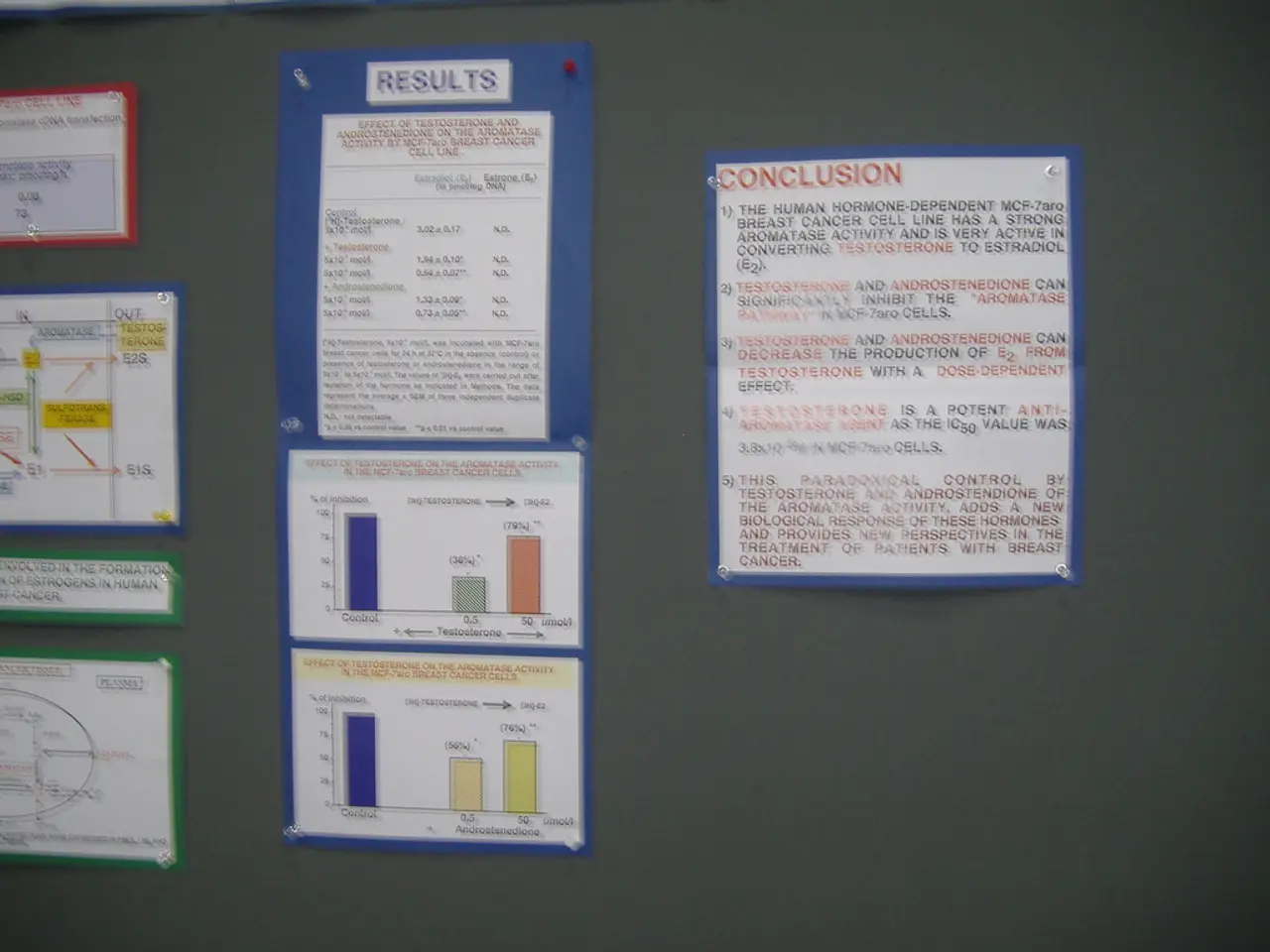Differences between Money Market Accounts and Savings Accounts explained
In the world of personal finance, high-yield savings accounts and money market accounts are two popular options for individuals looking to save money while earning interest. Both account types have distinct differences in terms of interest rates, transaction features, minimum balance requirements, and suitability for various financial goals.
## Interest Rates High-yield savings accounts typically offer higher interest rates than traditional savings accounts, with rates often around 4.50% depending on current market conditions. While some high-yield savings accounts may have competitive rates similar to money market accounts, finding accounts with rates above those of money markets can be challenging. Money market accounts, on the other hand, often have similar or slightly higher interest rates compared to high-yield savings accounts, with rates around 4.30%. Additionally, they may offer tiered interest rates, where higher balances can earn higher rates.
## Transaction Features High-yield savings accounts generally provide easy access to funds via debit cards, checks, or online banking, but are subject to certain transaction limits per month to maintain their tax-exempt status. Money market accounts also offer easy access to funds, typically through debit cards, checks, or online banking, and may have more flexibility in terms of transactions compared to high-yield savings accounts.
## Minimum Balance Requirements High-yield savings accounts often have zero or low minimum balance requirements, making them accessible to a broader range of savers. Money market accounts, however, typically require higher minimum balances, sometimes in the thousands, to avoid fees and maintain interest-earning capabilities.
## Suitability for Financial Goals High-yield savings accounts are suitable for those seeking higher interest earnings without needing to maintain a large balance, making them ideal for short-term savings goals or emergency funds. Money market accounts, on the other hand, are suitable for those who need easy access to their funds along with higher interest rates, and are willing to maintain higher balances. They are often used for cash management and short-term savings.
Common fees to avoid include monthly maintenance fees, excess withdrawal fees, minimum balance fees, ATM fees, and other potential charges. Money market accounts and savings accounts are both FDIC/NCUA-insured. Money market accounts offer transactional features such as checks and debit cards.
More than half of savers have a savings or money market account with an online bank, which often provides fee-free accounts. The national average yield for savings accounts is 0.60 percent, while the national average yield for money market accounts is 0.44 percent. Some successful savers use both savings and money market accounts strategically, keeping long-term savings in high-yield accounts while maintaining money market accounts for flexible access to funds.
In conclusion, high-yield savings accounts are ideal for those seeking higher interest rates without significant minimum balance requirements, while money market accounts are better suited for those who can maintain higher balances and require greater flexibility in managing their funds. It's important to read the fine print to understand all potential charges and find the account that best fits your financial needs and goals.
Savings accounts and money market accounts are both categorized under the banking-and-insurance industry within the finance sector, playing crucial roles in personal-finance management. High-yield savings accounts, ideal for short-term savings goals or emergency funds, usually have lower interest rates compared to money market accounts yet require fewer minimum balance requirements. On the contrary, money market accounts, suitable for cash management and short-term savings, offer slightly higher interest rates and increased transaction flexibility, but demand higher minimum balances to avoid fees. In the competitive market, finding high-yield savings accounts with rates above those of money market accounts can be a challenge.




